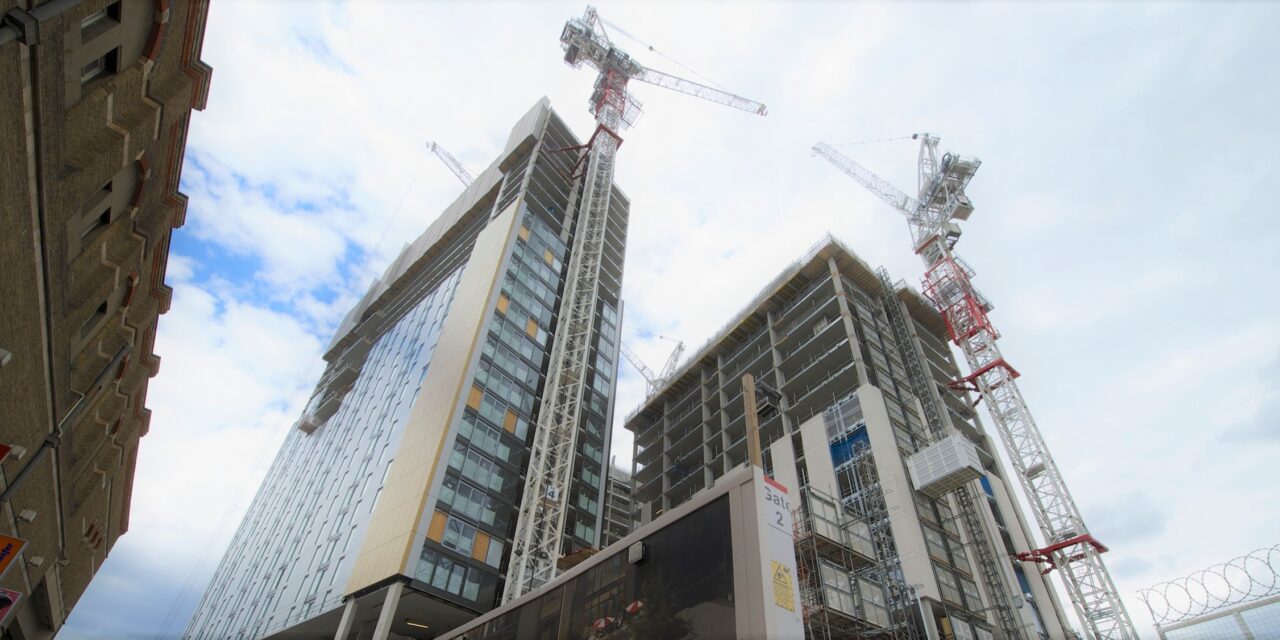Less than a fifth (14%) of building control professionals feel confident when it comes to understanding the specifications of systems for fire safety.
Grey areas and ambiguity around the fire safety guidance detailed within Approved Document B (ADB) is continuing to cause confusion for professionals across the construction industry. Consequently, an overwhelming majority (86%) say that they are worried about liability when it comes to specifying systems for fire safety, according to new research from Siniat.
Changes to Approved Document B in 2019 outlined that products and systems for fire resistance should be tested to the latest EN standards and that any assessment of fire resistance must use tested evidence. It also stated that this should now be conducted by 3rd parties, and follow the EN standard for direct or extended application, known as DIAP or EXAP.
Despite this, the survey of over 200 construction professionals revealed that less than two in five (35.7%) of those working in building control know that ADB contains the guidelines for fire safety building regulations and a quarter (28%) are not familiar with the extended application standards that should be used to assess and classify systems for fire performance.
Robert Cridford, technical manager at drywall manufacturer Siniat, said: “The updated guidelines in Approved Document B are more onerous than previous testing standards. EXAP is more rigorous and demands extensive additional testing, extension and the classification of a manufacturer’s entire portfolio of systems.
“The onus is on manufacturers to provide this performance data and test their products using the most robust standards possible. However, building control professionals must ensure that adequate fire performance data is provided for any project. The easiest way to do this, as asked by Approved Document B, whilst also ensuring a Golden Thread of performance data, is to request 3rd party classification reports for all systems used for fire safety.
“Approved Document B gives some legacy allowance for the 1980s BS476 fire resistance methods, and in some cases newer EN standards don’t cover every eventuality so reverting back might be the last resort, but for partitions, and many other areas, full EN testing and classification is available now.
“As an industry, there is no room for error, we have to work collaboratively and ensure we are all building to the highest standards. This is the only way we, as an industry, can meet the most up-to-date legislation, avoid liability issues and most importantly, ensure the safety of the people who will live and work in the buildings we construct.”
Since 2019, Siniat has made a huge investment in achieving third-party EXAP classifications for 700 of its partitions. These official third-party reports have been available for inclusion as standard in project specification packs since February 2023.
To find out more about its third party classifications, please visit https://www.siniat.co.uk/en-gb/uk/exap.


